Fertilizing African Violets – Learn How To Feed African Violet Plants
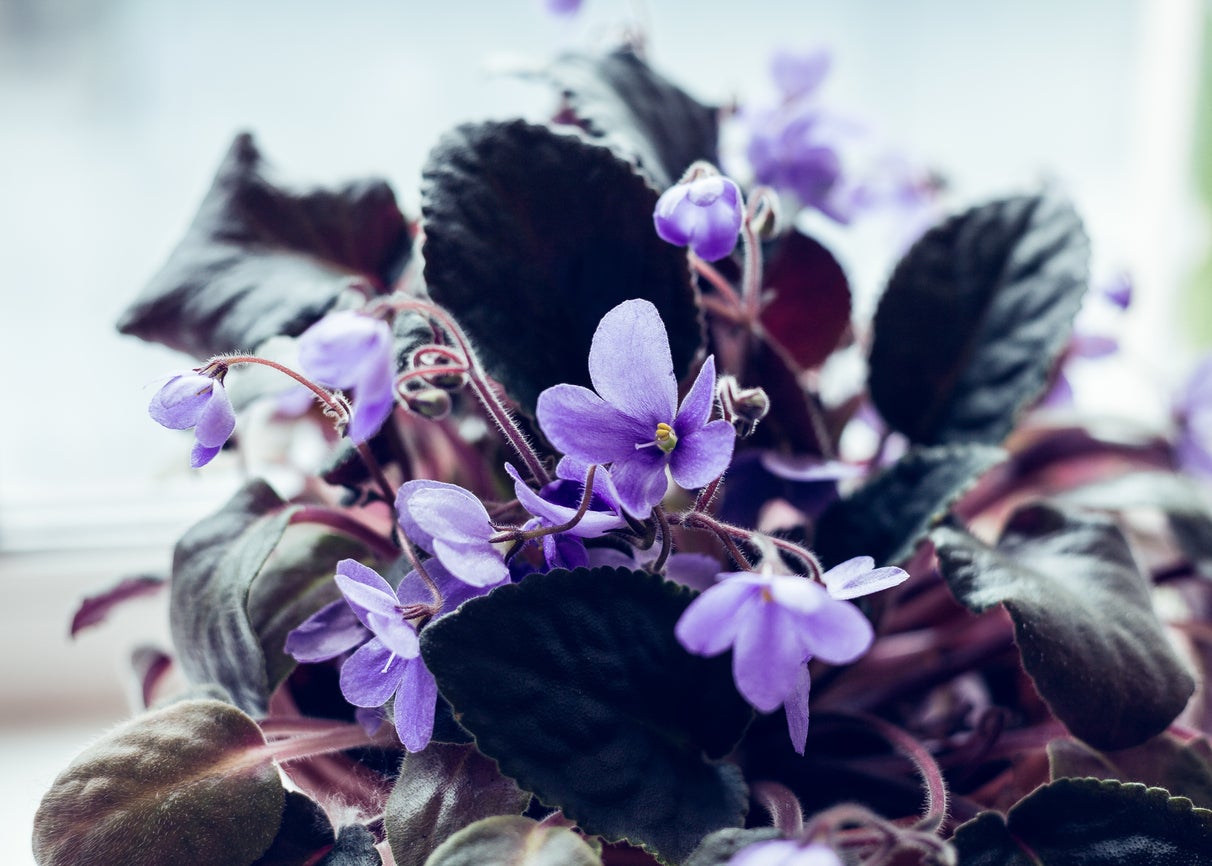

African violets are one of the most charming blooming houseplants available. They have a sweet, old-fashioned innocence that appeals to everyone. There are just a few straightforward rules for growing African violets. Water and light needs are two of these, but just as important is how to feed African violet plants. The type of food is crucial when feeding African violets because some sources say nutrients can actually harm the plant.
Do African Violets Need Fertilizer?
African violets require fairly low maintenance. They do need proper exposure, heat, and keeping water off those leaves, but they usually keep producing those sweet flowers much of the year. To keep your violet in good health, it needs to be fed. When, how and with what are questions we will be answering.
Almost all plants need proper macro- and micro-nutrients as well as soluble vitamins, and African violets are no exception. African violet fertilizer needs to be water soluble and in a ratio especially developed for the plant’s needs.
The best time for fertilizing African violets is in spring when the plant is actively growing. Avoid feeding African violets in winter. Some growers say not to fertilize the plants during bloom, while others tout the process. However, considering that blooming deprives the plant of energy, it would seem logical that the nutrients it uses need to be put back into soil for plant uptake.
About African Violet Fertilizer
Not all plant foods are alike. African violets need a certain percentage of nitrogen, phosphorus and potassium, plus trace minerals. The recommended ratio for African violets is 14-12-14. There are commercial formulas available specifically for fertilizing African violets, but many of these use urea as the nitrogen source. In certain conditions, urea can burn the plant’s roots.
A formula that uses ammonium nitrate may be a little bit more costly but is gentler on the roots. In instances where the plant is not blooming well, use a formula with a higher amount of phosphorus.
How to Feed African Violet Plants
These little plants need feeding every 4 to 6 weeks during their growing period. Prior to feeding, moisten the soil well. Use a liquid or soluble powder formula that will provide instant delivery. If you are using a concentrated liquid, follow manufacturer’s instructions for dilution.
Gardening tips, videos, info and more delivered right to your inbox!
Sign up for the Gardening Know How newsletter today and receive a free copy of our e-book "How to Grow Delicious Tomatoes".
Municipal water supplies can contain chlorine and should be allowed to sit for 24 hours before preparing African violet fertilizer. Excess chlorine is toxic to the plants. For a more organic route, you can also use worm castings, diluted compost tea or fish emulsion. These are primarily nitrogen, however, so add a little bat guano, which is available to purchase.
To avoid the build-up of toxic salts deposited in soil, flush the container at least four times per year and wipe the crusted salts from around the top edge.

Bonnie Grant is a professional landscaper with a Certification in Urban Gardening. She has been gardening and writing for 15 years. A former professional chef, she has a passion for edible landscaping.
-
 Looking For Plants To Give You The Soft And Fuzzies? Try These 5 Fuzzy Leaf Plant Options
Looking For Plants To Give You The Soft And Fuzzies? Try These 5 Fuzzy Leaf Plant OptionsLovers of texture, drama, silver foliage and tactile plants will adore these special sensory garden additions. These fuzzy leaf plant options will leave you all aglow
By Susan Albert
-
 Get Ready For A Summer Of Hummers! Grow These Full Sun Hummingbird Plants and Flowers
Get Ready For A Summer Of Hummers! Grow These Full Sun Hummingbird Plants and FlowersIf you’re lucky enough to enjoy a sunny backyard, make sure you are maxing out on your pollinator opportunities and grow these full sun hummingbird plants and flowers
By Tonya Barnett
-
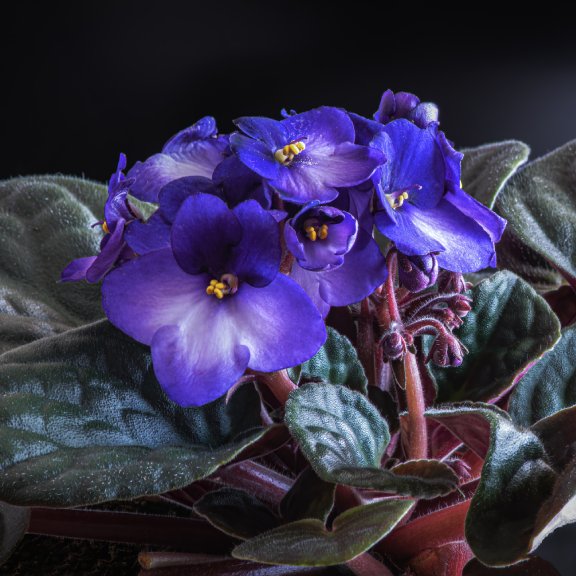 African Violets: Complete Care And Growing Guide
African Violets: Complete Care And Growing GuideFor people who love these sweet plants, African violet care is easy and fun. Knowing what they need is the key.
By Mary Ellen Ellis
-
 What Are Episcia Plants – Learn About Caring For Episcia Varieties
What Are Episcia Plants – Learn About Caring For Episcia VarietiesGrowing Episcia plants adds eye catching appeal to household décor. These colorful houseplants can test the hand of the most experienced green thumb.
By Laura Miller
-
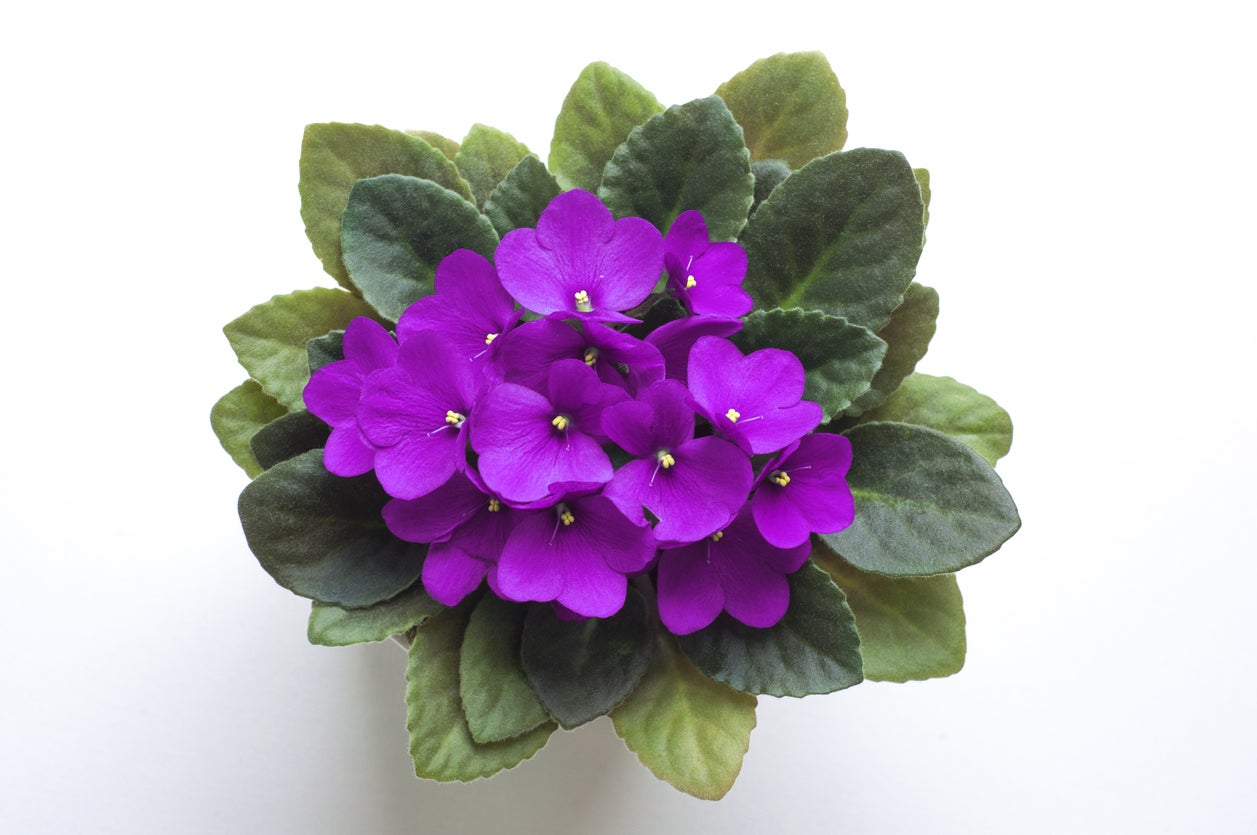 African Violet Flowering Needs: Tips For Getting African Violets To Bloom
African Violet Flowering Needs: Tips For Getting African Violets To BloomMost African violets are sold when flowering. After that, people can have trouble getting them to bloom. What should you do if your African violate won’t flower? Click here for info on African violet flowering needs and tips on how to make African violets bloom again.
By Teo Spengler
-
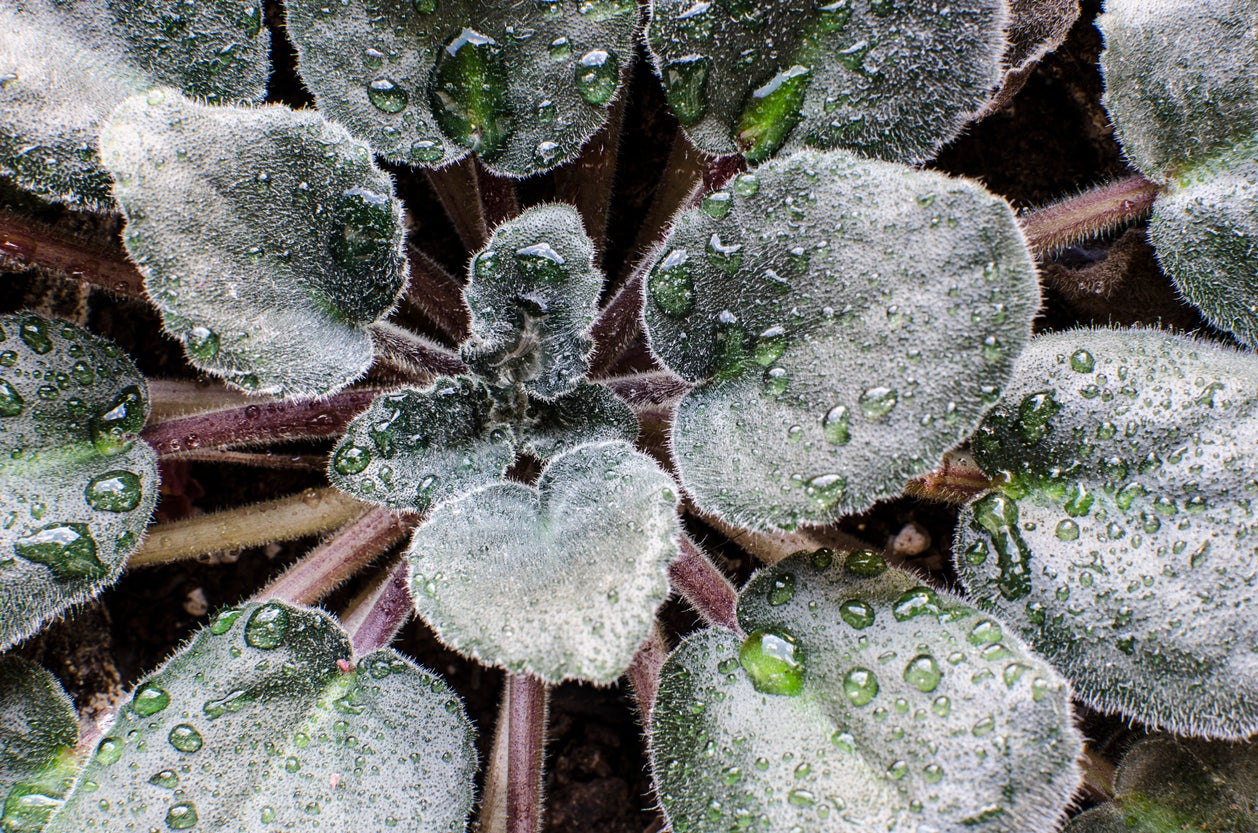 African Violet Watering Guide: How To Water An African Violet Plant
African Violet Watering Guide: How To Water An African Violet PlantWatering African violets isn’t as complicated as you may think. Actually, these charming, old-fashioned plants are surprisingly adaptable and easy to get along with. Wondering how to water an African violet? Click here to learn more about African violet water needs.
By Mary H. Dyer
-
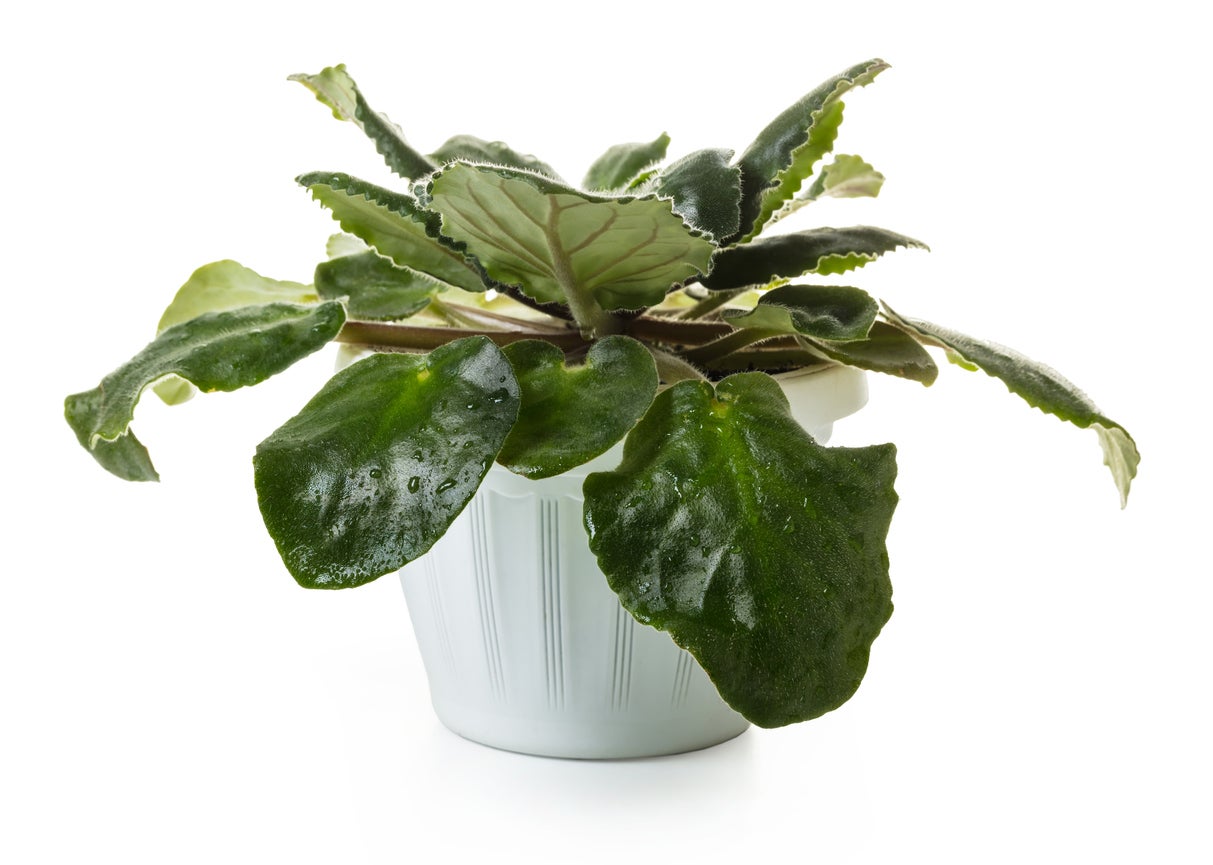 African Violet Leaves Are Curling – What Do Curling African Violet Leaves Mean
African Violet Leaves Are Curling – What Do Curling African Violet Leaves MeanAfrican violets are among the most popular flowering houseplants. But there can be issues with these houseplants. If your African violet leaves are curling, there are a few potential causes and easy solutions. Click this article for more information.
By Mary Ellen Ellis
-
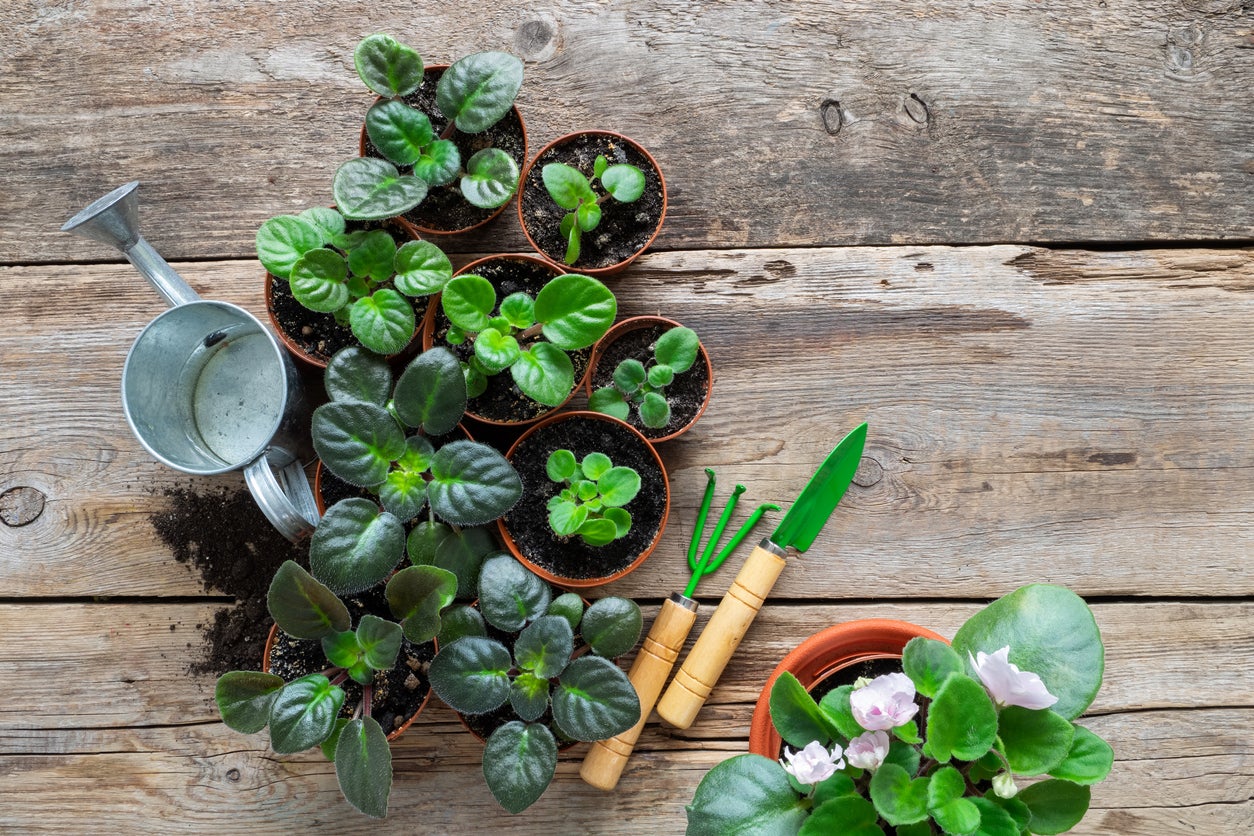 African Violet Repotting – How To Repot African Violets
African Violet Repotting – How To Repot African VioletsAfrican violets can live a long time, as long as 50 years! To get them there, you need to provide good care which includes repotting African violets. The trick is knowing when to repot an African violet and what soil and container size to use. This article will help with that.
By Bonnie L. Grant
-
African Violet Nematode Control: Treating Root Knot Nematodes In African Violet
Nematodes of African violet are tiny worms that infest the roots. They are extremely destructive. For information about African violet root knot nematodes, click this article. We’ll also give you tips on African violet nematode control.
By Teo Spengler
-
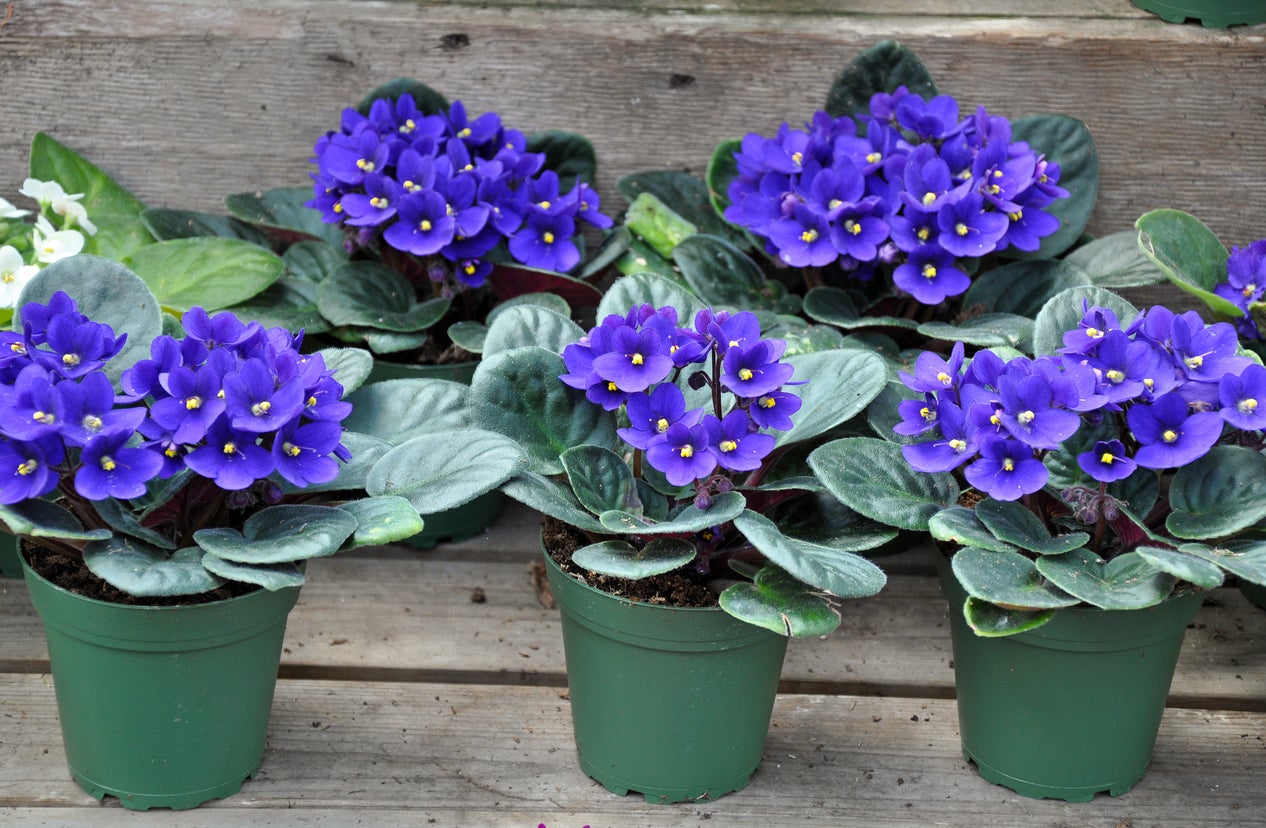 DIY African Violet Soil: Making A Good African Violet Growing Medium
DIY African Violet Soil: Making A Good African Violet Growing MediumSome people think they’ll have issues when growing African violets. But these plants are simple to keep up if you start with the right soil for African violets and the proper location. This article will help provide tips on the most suitable African violet growing medium.
By Becca Badgett